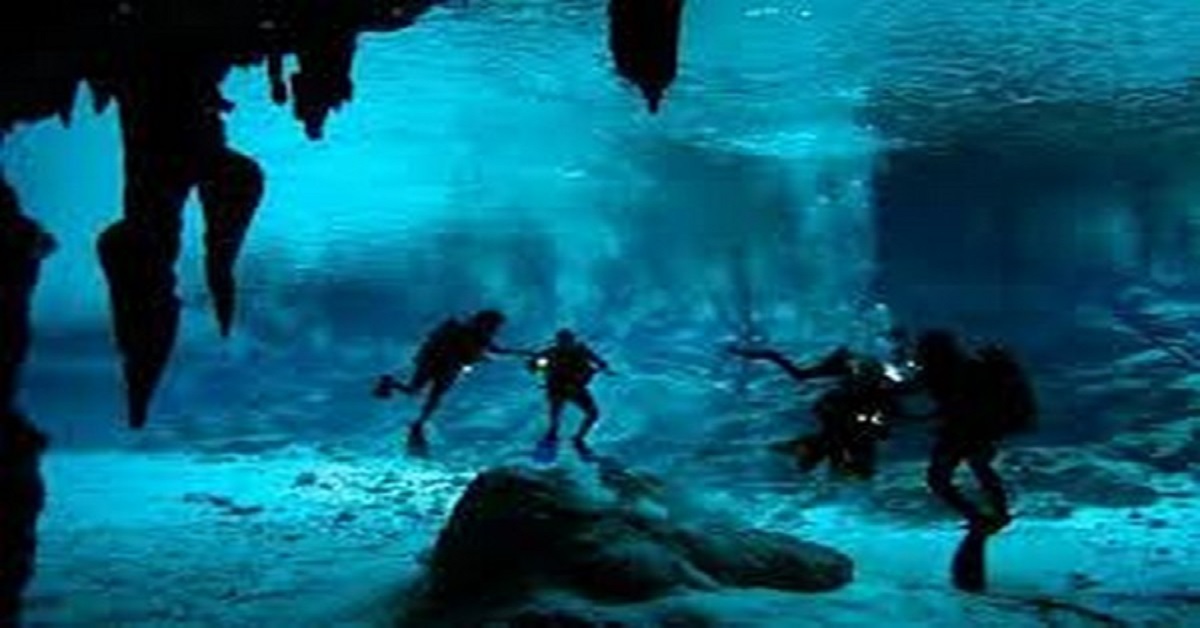
Many civilizations and cultures have passed through the society. And more often than not certain relics of these civilizations are left behind for the future generations to understand and record the details of their lives.
Underwater archaeologists and divers in Mexico have announced that they found a passage connecting two underwater caves, creating what they say is the world’s largest flooded cave.
The explorers’ discovery marks the identification of an incredible archaeological site, illuminating the stories and rituals of the Mayan civilization.
The Great Maya Aquifer Project (GAM) team – committed to studying the mysterious waters of Mexico’s Yucatan peninsula – spent years exploring the caves of Sac Actun and Dos Ojos in Tulum reported an international news agency.
The watery labyrinth connects the cave system known as Sac Actun with the Dos Ojos system. According to the rules of caving, when two caves connect, the largest absorbs the smallest. This means Sac Actun takes the title of largest cave.
Spanning 347 kilometers (216 miles), this is a stunning web of underwater grottoes — and now the goal is to connect Sac Actun with three other local underwater cave systems.
The Yucatan Peninsula, where the cave is located, reportedly still holds treasures from the ancient Mayan community.
“This immense cave represents the most important submerged archaeological site in the world, as it has more than a hundred archaeological contexts,” said GAM director Guillermo de Anda, in a statement, “Along this system, we had documented evidence of the first settlers of America, as well as extinct fauna and, of course, the Mayan culture.”
READ ALSO: Food trucks to face competition; Dubai’s first kitchen of its kind
“We’ve recorded more than 100 archaeological elements: the remains of extinct fauna, early humans, Maya archaeology, ceramics, and Maya graves,” de Anda told an international media.
“It’s a tunnel of time that transports you to a place 10,000 to 12,000 years ago.”
For the ancient Maya, certain caves were considered sacred pilgrimage sites where priests could go to communicate with the gods. They were also sites of sacrifice. One cavern, the Midnight Terror Cave in Belize contains almost 10,000 bones of children—all younger than 14—who were sacrificed to Chaac, the god of rain, lightning and water.
One thing is for sure: There is still much more to learn about the region’s underground caverns. Just last November, researchers from the Great Maya Aquifer project found evidence of a blocked passageway below the main temple at the world heritage site Chichén Itzá. Researchers speculate it may lead to a sinkhole beneath the temple, which could help further reveal the ancient Maya culture’s connection to the region’s vast underworld.
Robert Schmittner, the exploration director of the project, has been working on the project for more than 20 years.
He hopes one of the consequences will be the preservation of the caves for the future.
“Now everybody’s job is to conserve it,” he says.

Post Your Comments